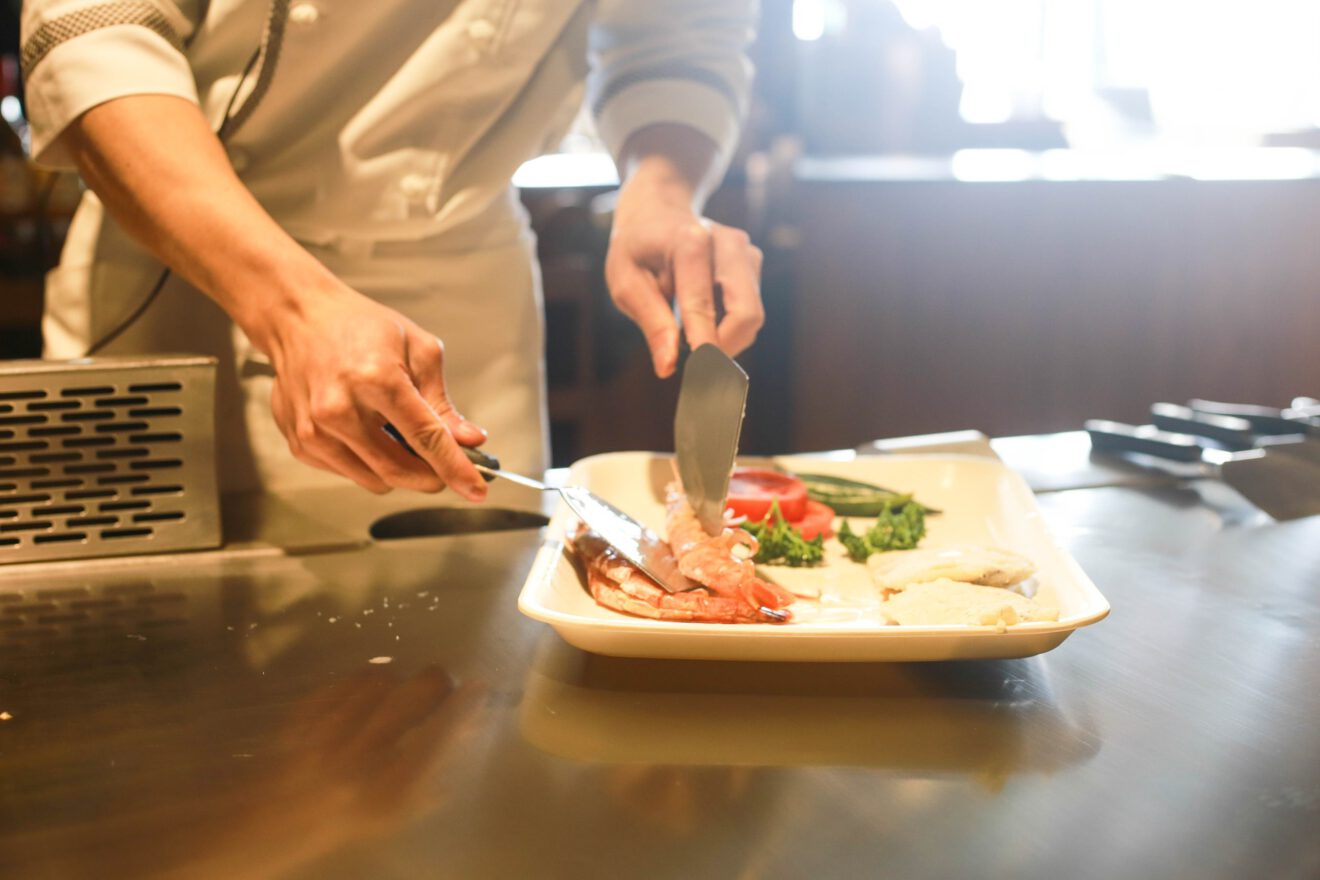From the addition of plant-based menu options to local sourcing and sustainable takeout packaging, restaurants have been tackling sustainability issues with gusto — and the industry as a whole is taking its role as steward of sustainability seriously.
“Faced with constantly evolving challenges including production methods, sourcing and waste management, chefs are striving to improve their practices,” Gwendal Poullennec, international director of the Michelin Guide, told The Drinks Business. As such, Michelin has added a new green clover symbol to its guides to shine a light on the sustainability efforts and initiatives being undertaken by restaurants.
“Often, these initiatives combine the best of the knowledge of our predecessors with the creativity and innovation of chefs who are never short of ideas,” Poullennec said. “The ambition of our approach is to amplify the scope of the good and ingenious practices of chefs by putting them in the spotlight.”
While chefs are indeed taking notice of these efforts, customers are also keeping an eye on what restaurants are doing to promote sustainable operations. According to a recent Barclays report, “Sustainability is increasingly more relevant as consumers, especially Millennials and Gen Z, have become more aware of the damage that food production has caused to the planet.”
Here are a few examples of these sustainability practices in action.
Taking care of waste
Perhaps the most important step restaurants can take when keeping an eye toward sustainability is having a plan for food waste. The practice ranked high in this year’s What’s Hot 2020 from the National Restaurant Association, and the group offered several steps restaurants can take to get closer to zero waste.
According to the association, measuring waste, organizing walk-in coolers, considering reducing portion sizes and utilizing leftover parts and pieces of other food items (think vegetable trimmings and day-old bread) can all help restaurants on their path to zero waste.
Plant-based menu options
While putting plant-based foods on the menu is nothing new, restaurants are adding the items in spades in hopes of gaining more customers that put a premium on sustainability. Starbucks, for example, plans to roll out more plant-based menu items as part of its far-reaching commitment “to be a resource-positive company, aspiring to give more than it takes from the planet.”
Similarly, a bevy of quickserve chains, including Denny’s, McDonald’s and Qdoba, among many others, have recently rolled out plant-based items with the help of companies like Beyond Meat and Impossible Foods.
Sustainable packaging
Eco-friendly packaging topped the National Restaurant Association’s 2020 forecast. According to the report, increased off-premise meal consumption and local regulations are guiding restaurants toward packing takeout food using more sustainable packaging.
Companies like Bio-Plus Earth Kraft, Be Green Packaging and World Centric are touting greener packaging options, including a fiber-based coffee cup lid, a 100% recycled cardboard paper takeout box and even multi-compartment, plant-based Bento boxes.
Hyper-local sourcing
Sourcing ingredients from local vendors is about as sustainable as it gets. The practice not only piques the interest of customers, but it also helps support local artisans and farmers while also reducing waste. Butcher Bar in North Carolina, which started as a family farm-turned-butcher shop, now operates two hybrid butcher shop and restaurant concepts and utilizes the whole animal in order to maximize yield and value, owner Casey McKissick told Eater.
“The business model has been an exercise in stubbornness in trying to figure out how to create a sustainable business centered around whole-animal butchery and utilization,” McKissick said. “By taking responsibility for the ‘whole beast,’ we are preserving the craft of butchery and helping farmers continue to farm.”
Related stories:
- How hotel restaurants transform into a winter wonderland
- Sous vide finds mainstream success in foodservice, consumer kitchens
- Demand for plant-based is hot, but what’s behind the term?
____________________________________________________________________________
If you enjoyed this article, sign up for Restaurant Innovation SmartBrief to get news like this in your inbox, or check out all of SmartBrief’s food and travel newsletters as we offer more than 30 newsletters covering the food and travel industries from restaurants, food retail and food manufacturing to business travel, the airline and hotel industries and gaming.
